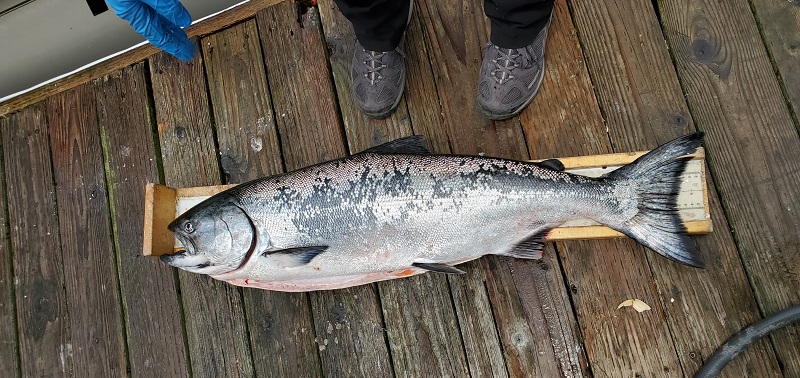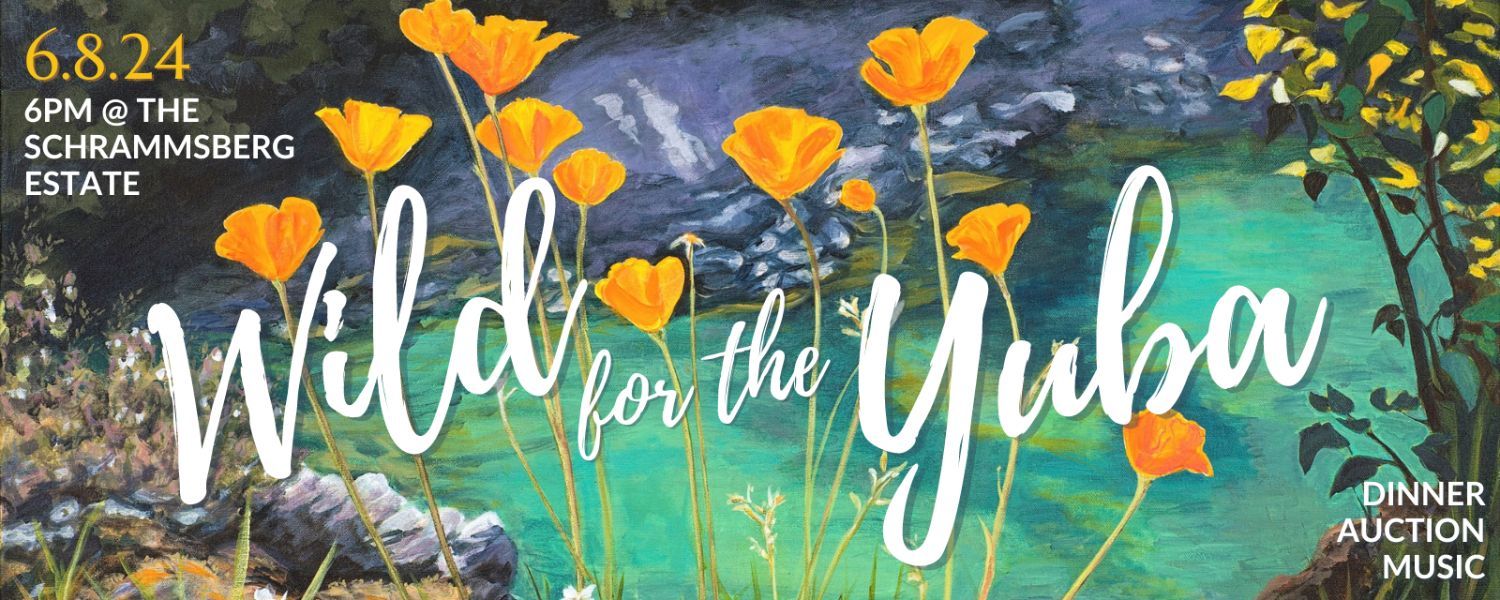Successful First Week of Meadow Restoration with Earthwatch
Blue skies festooned with puffy clouds, a comfortable temperature of 78 degrees, and a refreshing breeze filters the air for those who visit Loney Meadow off Bowman Lake Road. This mountain meadow delights the eyes with aspen stands, wildflowers, waving grasses, and native conifers. Loney Meadow is only the first of a series of meadows including Upper Loney, and Deer meadows, in this stretch of the Sierras open to visitors to hike, backpack, and horseback ride. Visitors can learn about the meadows history, wildlife, and botany on SYRCL’s recently opened Loney Meadow Interpretive Trail. Visitors on this one-mile, relatively flat trail during the week of July 10th would have heard unusual sounds for this peaceful landscape – the sounds of occasional hammering, clipping, and the laughter of many voices. They’ve stumbled upon citizen scientists, the volunteers for SYRCL’s first week of Earthwatch.
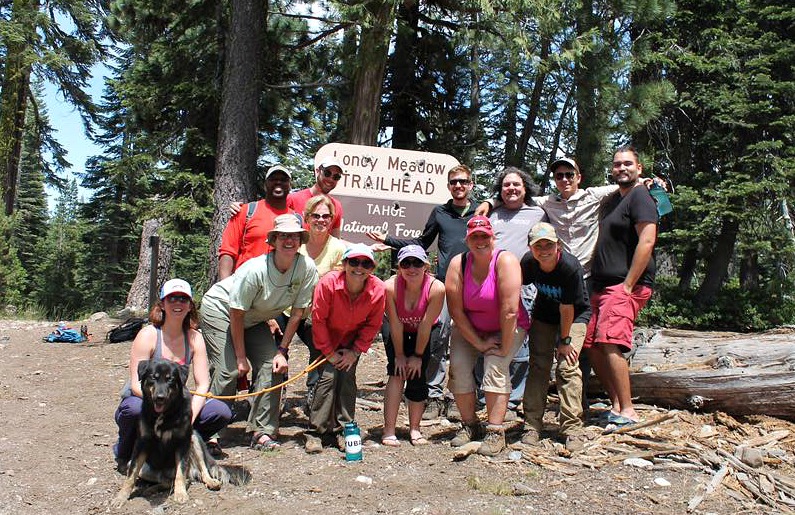
Earthwatch, known for its worldwide volunteer expeditions, “connects citizens with leading scientists around the world to conduct hands-on research designed to improve the health of the planet.” SYRCL first partnered with Earthwatch in 2015, bringing two separate cohorts of adults and local or visiting youth to the Yuba watershed in the Sierras. Participants came to learn about our work in these mountain meadows and to collect data for our efforts to restore these valuable ecosystems.
Cathy O’Reilly from Rye, New York sums up her experience, “My trip to the Sierra’s was incredible and I feel as if I learned first-hand what so many dedicated people are doing to care for our resources and wildlife. My time in the field was different each day, from soil sampling, to greenhouse gas collection, biomass, to testing water levels and moisture. I have so many things to teach my students.”
Mountain meadows in the Sierra Nevada fulfill diverse roles. They retain water, minimize the effects of flooding, help sustain stream flows, improve water quality, and support diverse vegetation (Xu 2013). Mountain meadows may also provide natural storage of atmospheric carbon. Healthy mountain meadows include 90% of the total biodiversity of the Sierra Nevada Mountains and contain at least two times more carbon, nitrogen, dissolved organic carbon and dissolved organic nitrogen than unhealthy meadows (Norton 2011).
Human activities and impacts from climate change have degraded Sierra Nevada meadows by redirecting streams and altering the natural movement of surface and groundwater. In many meadows, overgrazing, road-building, mining, fire suppression and/or development has resulted in stream degradation, leading to negative dry meadow conditions (Ratliff 1985). Climate change impacts, such as earlier snowmelt and warmer winters, lead to further degradation of meadows. As a result of both human-driven disturbance and climate change, impacted meadows have increased loss of vegetation and habitat, mineralization of soil, and increased greenhouse gas emissions.

Mountain meadows play a valuable role in carbon sequestration – the process in which carbon is drawn from the atmosphere and held in a solid or liquid state. In their current state, mountain meadows in the Sierra Nevada store approximately 31% of the Sierra Nevada region’s total soil organic carbon (Norton 2011). Restoring mountain meadows has the potential to increase soil organic carbon sequestration and help offset CO2 emissions from fossil fuel use.
Over the last two years, SYRCL’s meadow restoration program has grown substantially. We are now in the process of restoring over 800 acres within 4 meadows in the Yuba watershed. These projects enable SYRCL scientists and volunteers to test how each meadow responds to restoration treatments. The goal of SYRCL’s Sierra Meadows project is to use scientific inquiry to measure the benefits of meadow restoration actions including the potential for net carbon sequestration in meadows. These efforts contribute to growing research about Sierra Meadows. This work began in 2015 and will be ongoing through 2020 with many opportunities for community member involvement.
The 2016 Earthwatch cohorts consist of science teachers from across the United States. This education opportunity provides valuable skills and experience educators can use to encourage student engagement in authentic science activities. Matthew Medrano of Long Beach, California described how he will use his experience in the classroom, “Rachel, Betsy, Cordy, and the rest of the SYRCL team has inspired me to bring meadow restoration into the classroom. I have taken their off-gassing experiment and adapted it into a classroom experiment that will allow students to deepen their understanding of photosynthesis, energy flow, carbon sequestration, and the overall science and engineering process. I look forward volunteering for SYRCL on future projects.”
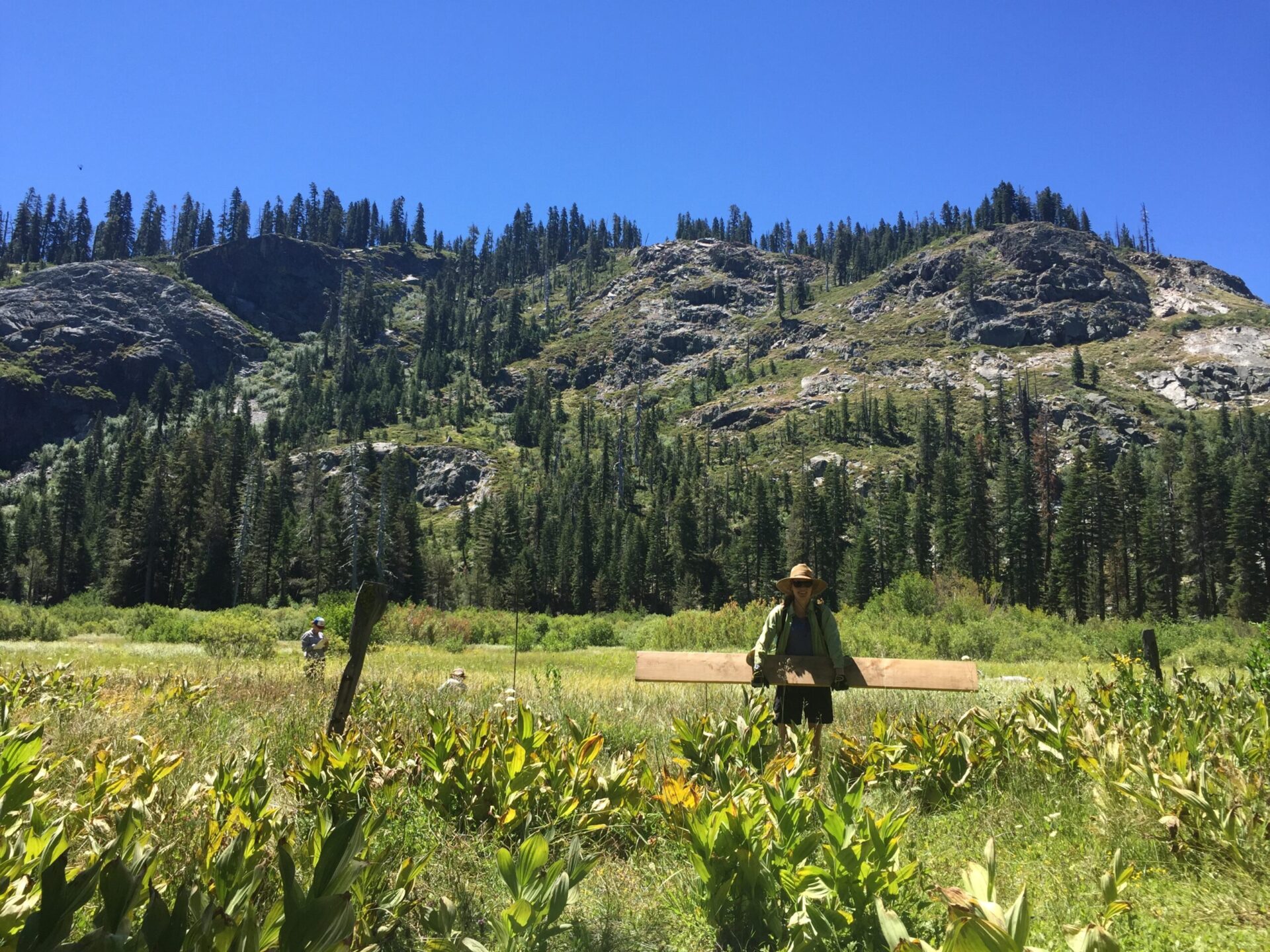
Participants have the opportunity to return with their students in future years for a class-specific SYRCL-led Earthwatch citizen science experience. Volunteers explore a number of research activities including collecting soils to be tested for carbon sequestration, collecting biomass samples to measure annual above ground net primary production, vegetation surveys to study the biodiversity of the meadow vegetation, collecting greenhouse gas samples (specifically carbon dioxide, nitrous oxide, and methane), and installing piezometer groundwater wells to take hourly readings of groundwater levels. Their activities play a valuable role in SYRCL’s research.
Citizen science is a crucial form of activism. By encouraging national interest and involvement in these Sierra Meadows, SYRCL is empowering the public to play a part in protecting these ecosystems. Betsy Harbert, SYRCL’s new River Science Project Manager says “the partnership between SYRCL and Earthwatch plays a critical role in the education of a new generation of citizen scientists. It’s a bonus that we get to share the story of these beautiful meadows with such enthusiastic, wonderful people.”
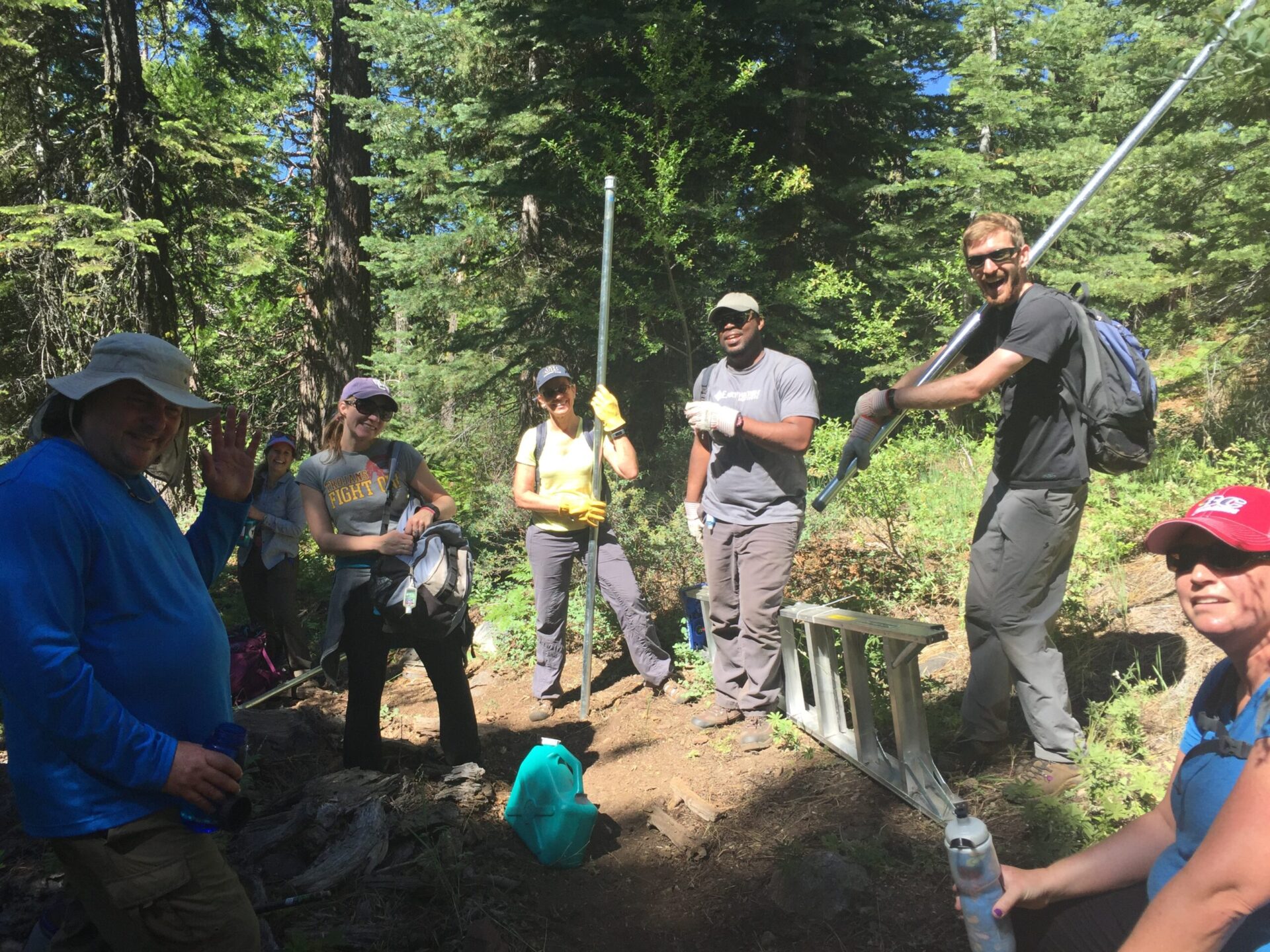
Earthwatch’s Keegan Dougherty of Boston, Massachusetts sums up his experience, “Volunteering with SYRCL fundamentally changed my base perception of nature. Since the intensive week we spent sampling, identifying, augering, measuring and exploring, the Sierra landscape has changed dramatically in my mind’s eye. Every wildflower, stream, and grove of trees along a meadows edge has new meaning and value. SYRCL’s meadow research and restoration represents a healing of the scars from generations of environmental misuse. The organization’s work has immense potential to transform mainstream thinking about ecosystem value in the Western States, and deserves to be shared widely. As a newly minted ambassador for watershed preservation and restoration, I am doing my best to share SYRCL’s mission and bring to bear the immense knowledge that your staff imparted over our time together. Already, I find myself advocating for SYRCL’s work wherever I go in California and the West. Wrapping up, it must be said that SYRCL’s staff is what made my research experience transformative. Rachel, Betsy, Alyssa, Cordi, Karl, Heather, Mo and Frank were the most up-beat, can-do group of field scientists I’ve ever worked with. I feel so lucky to have made a small contribution to their work.”
For more opportunities to volunteer with SYRCL’s meadow restoration projects, contact Betsy Harbert, River Science Project Manager at besty@syrcl.org or Cordi Craig, restoration coordinator, cordi@syrcl.org.
Did you enjoy this post?
Get new SYRCL articles delivered to your inbox by subscribing to our ENews.


